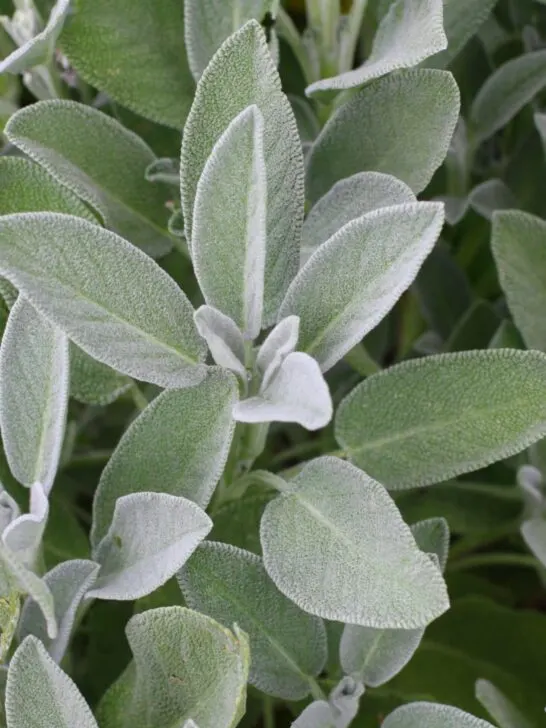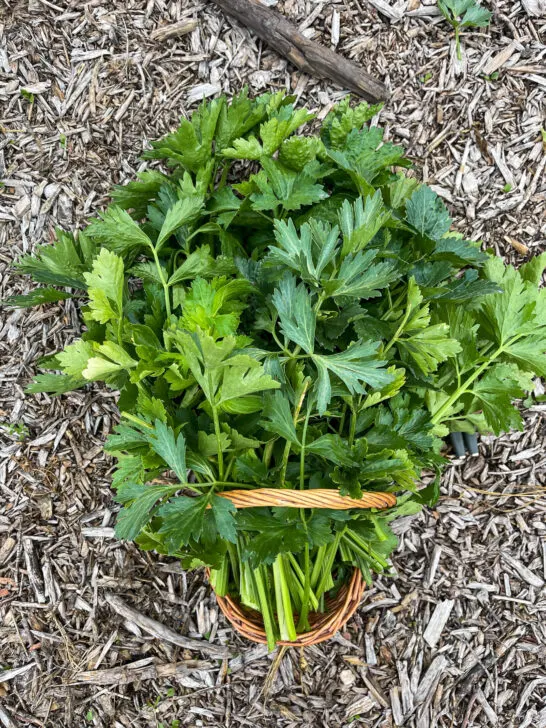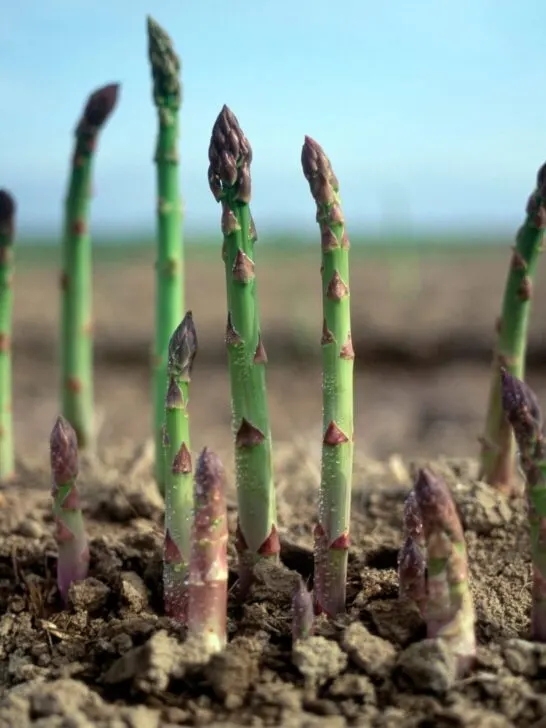It's important to consider mint companion plants when planning your garden layout. Learn which are the best and which plants you should avoid planting near your mint in order to get the most benefit from your crop!
Mint is a perennial herb belonging to the Lamiaceae family of plants. It grows best in moist and well-drained soils and prefers partial shade but can grow in full sun. Mint has spear-shaped, green leaves with jagged edges and small white or purple flowers when allowed to bloom. It is an easy-to-care-for plant, and the mint's fast-growing habit makes it a great choice for ground cover or as a companion plant.
Mint prefers moist soil and doesn't like dry conditions, so it should be watered regularly. We had a small mint patch in the food forest last season and it was super happy to be in the moist soil - we will see if it comes back next year as we are on the cusp of the perennializing growing zones.
Its strong, fragrant aroma is unmistakable. Mint can be used to make tea, infuse oils, or add flavor to dishes. We love to use mint for homemade ice creams, herbal teas, and mojitos!
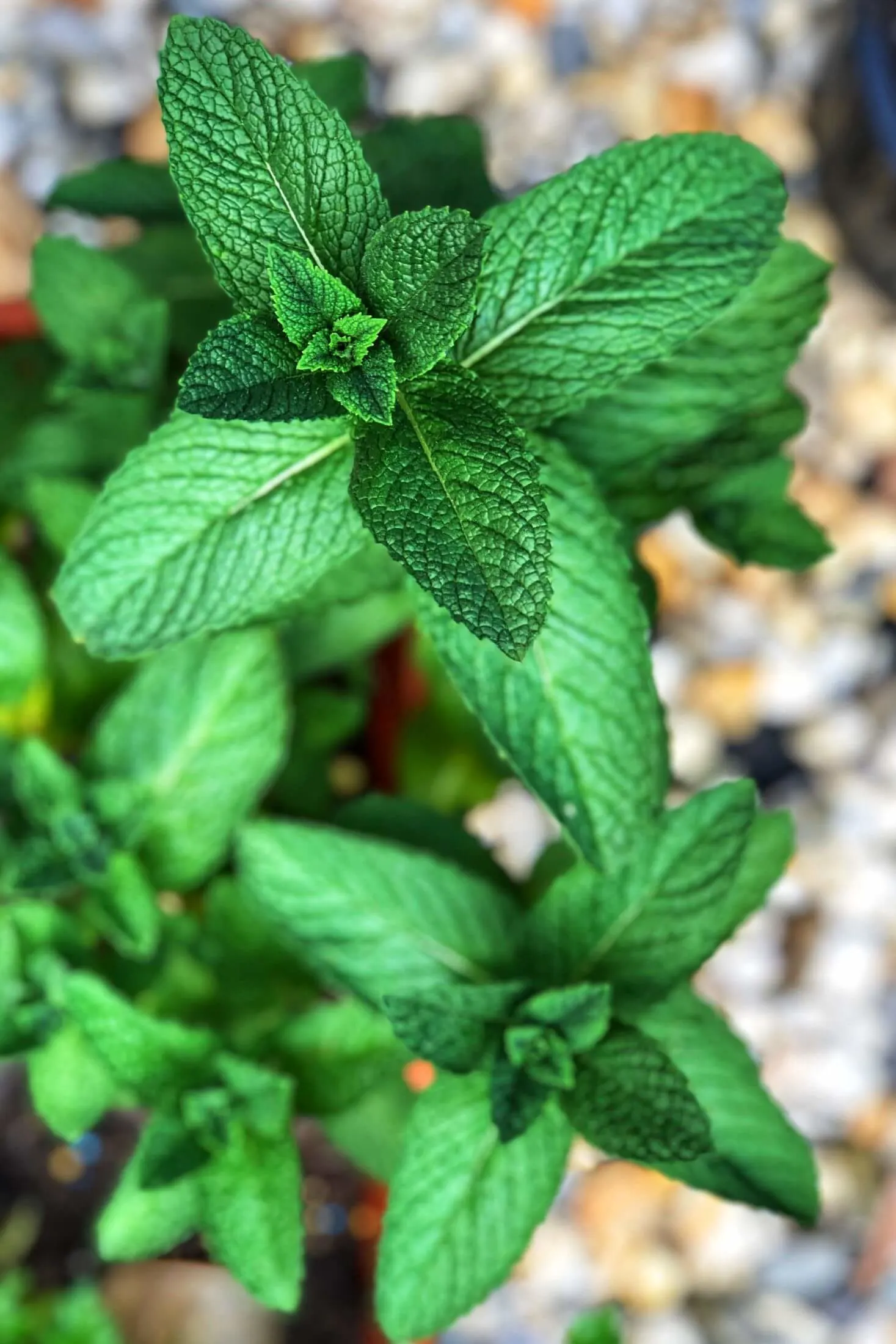
As an Amazon Associate I earn from qualifying purchases.
Jump to:
Caution: Mint Here, There, And Everywhere!
Mint can be incredibly invasive, so it's important to keep in mind that this plant has the potential to take over your garden! Mint spreads via thick, fleshy rhizomes that can quickly spread beyond the original plant's boundaries. It’s a good idea to trim back your mint often to prevent it from taking over.
I recommend growing mint in buried or above-ground pots or containers, especially if you're in zones 3 through 8, and making sure to contain the roots with barriers. That way, you can enjoy all of the benefits of mint without having to worry about it taking over.
Overall, mint is a wonderful plant to have in your garden. With its fragrant scent and culinary uses, this herb can be a great addition to any garden. Just make sure to keep an eye on it and contain the roots to prevent it from taking over.
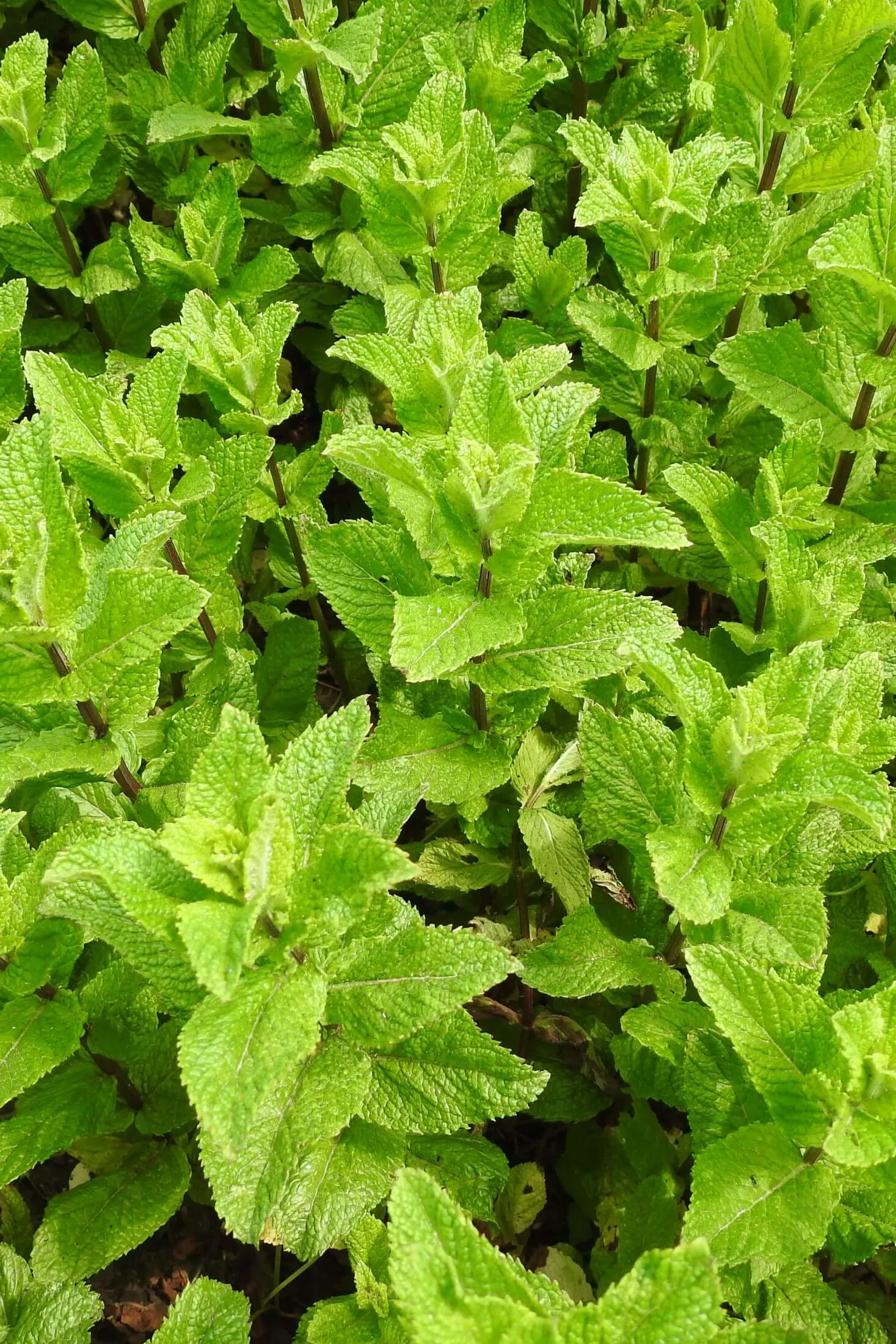
What Is Companion Planting?
Companion planting is the intentional planting of two or more plants in close proximity to each other for mutual benefit. Companion plants can help improve soil quality, cycle nutrients, deter pests, and attract beneficial insects. Using companion plants in your garden can help to improve yields, and reduce the need for pesticides and fertilizers.
Not all companion plants need to be interplanted with mint to offer the same effectiveness. Many companion plants can be planted along the edge of the garden plot or placed in the garden in pots or containers without diminishing their plant superpowers.
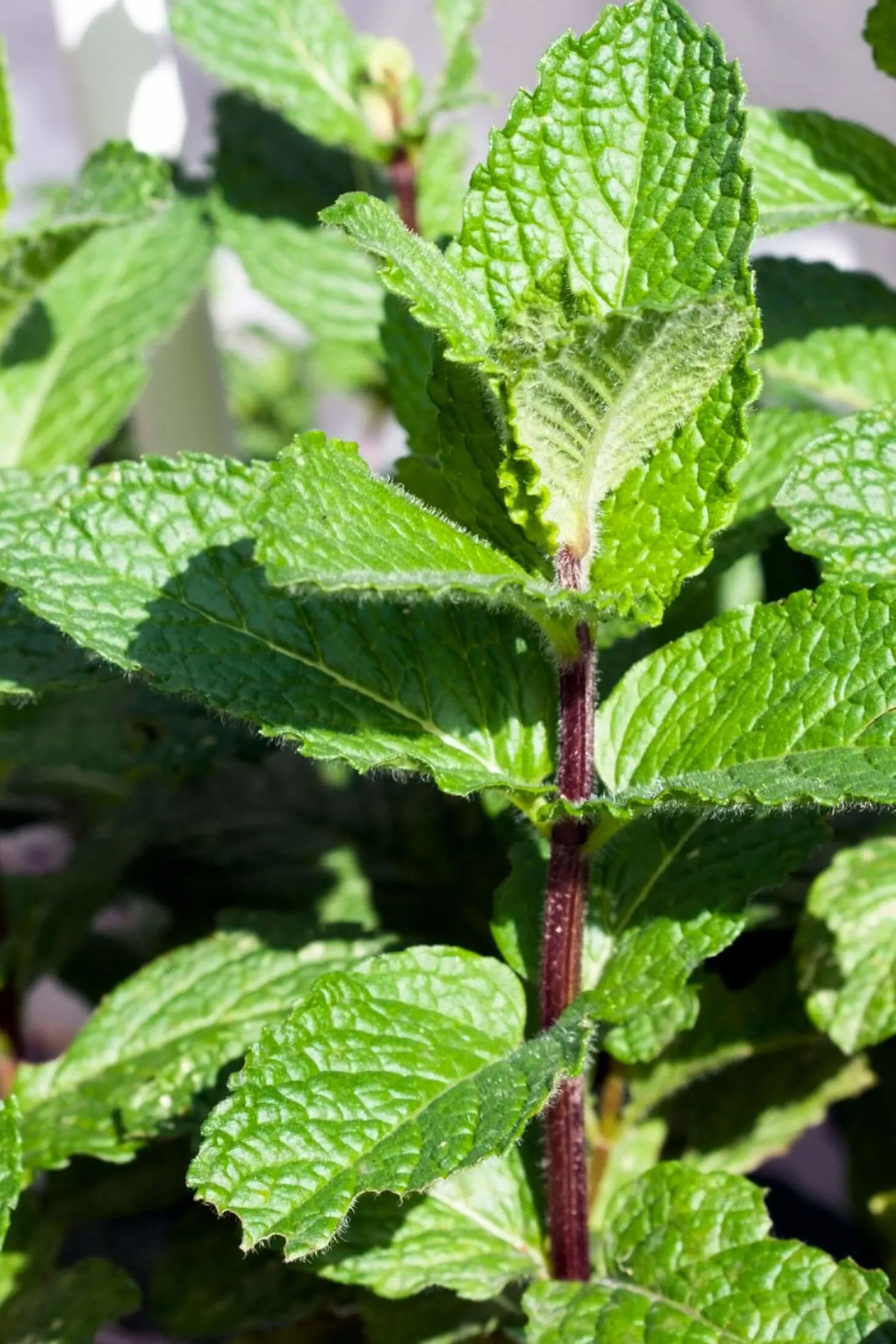
Related: How To Harvest Mint Without Killing The Plant!
Best Mint Companion Plants
Brassicas:
Cauliflower, cabbage, broccoli, brussels sprouts, and kale are all members of the brassica family, among many other plants. These cole crops benefit from the fragrant essential oils in mint plants. The strong scent helps to confuse and deter both cabbage white month and those tiny black flea beetles from crunching on your cruciferous crops.

Carrots:
The strong, pungent scent of mint leaves works as an aromatic confuser for carrot pests like the carrot root fly. Carrot root flies are known to lay eggs around the base of carrots, once hatched, the larvae attack the roots of the plant. These nasty pests also attack celery, parsley, and parsnips as members of the same plant family.

Marigolds:
The humble marigold strikes again!
While mint plants are capable of deterring and distracting many pests, they are not without their own. Mint is susceptible to whitefly and aphid damage infestation and sunny marigolds can help
Marigolds are wonderful at attracting parasitic wasps, hoverflies, and ladybugs to help control the populations of aphids and whiteflies attacking your mint crop! Not only do marigolds attract beneficial insect predators, but they also help by attracting pollinators too.

Melons:
The strong scent of mint helps to camouflage the scent of ripe melons and squash from melon pests like squash bugs. Plus, it can also mask the sweet fruits from mammalian pests, like rabbits and mice who love to eat your cantaloupe or watermelon the night before you harvest! (ask me how I know!)
Planting a few mint plants amongst your melons can help to keep those nasty pests at bay. As an added bonus, they will thrive with all the water given to the melons and squash.
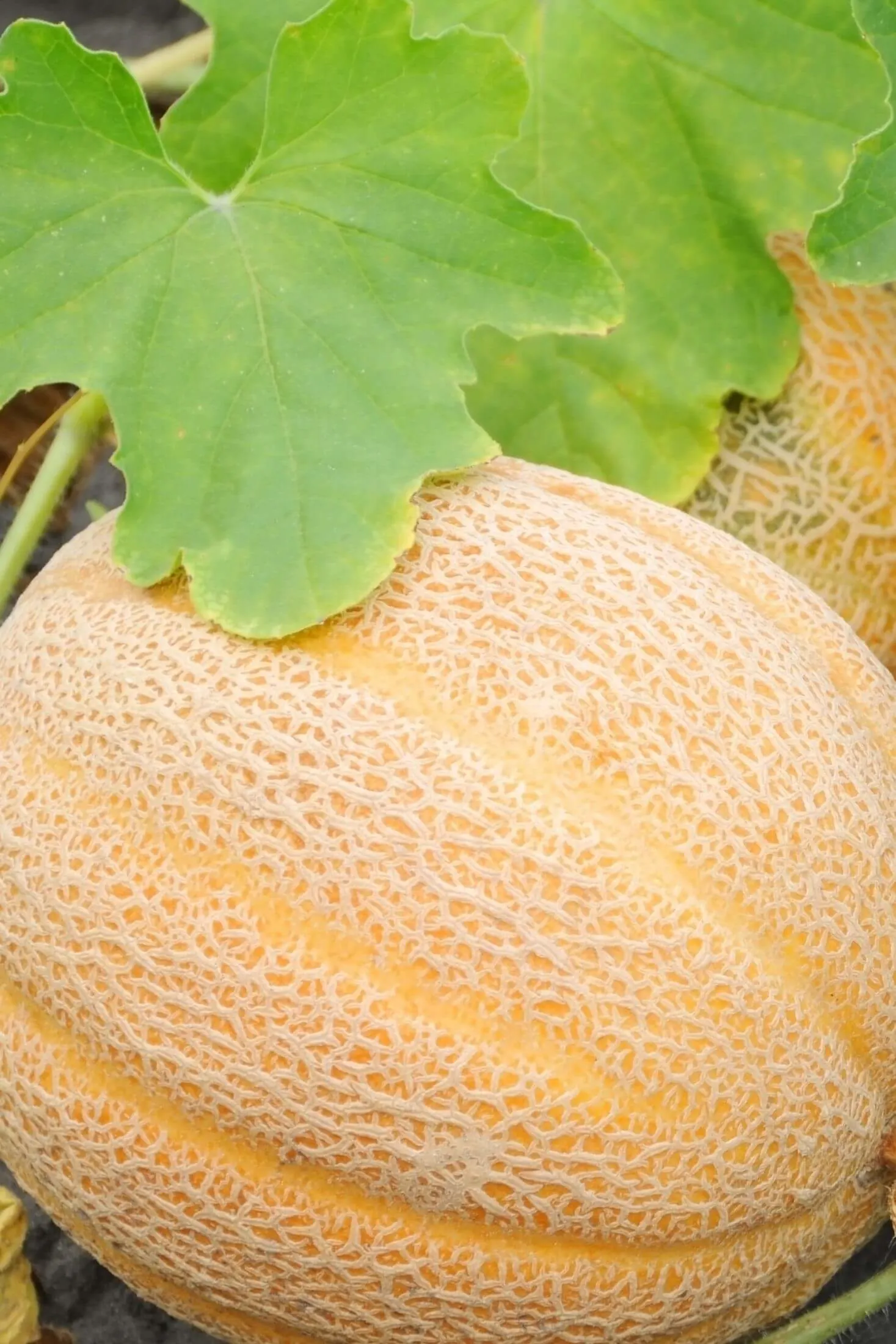
Onions:
As members of the allium family, onions are gifted with their own strong scent and pest defense mechanisms, but that is not to say they are without pests.
Mint can help to deter the onion fly, which lays its eggs at the base of onions, and once hatched, the larvae burrow into its flesh and devour the bulb. Mint's strong, fragrant oils confuse these flies, deterring them from laying eggs on your alliums.
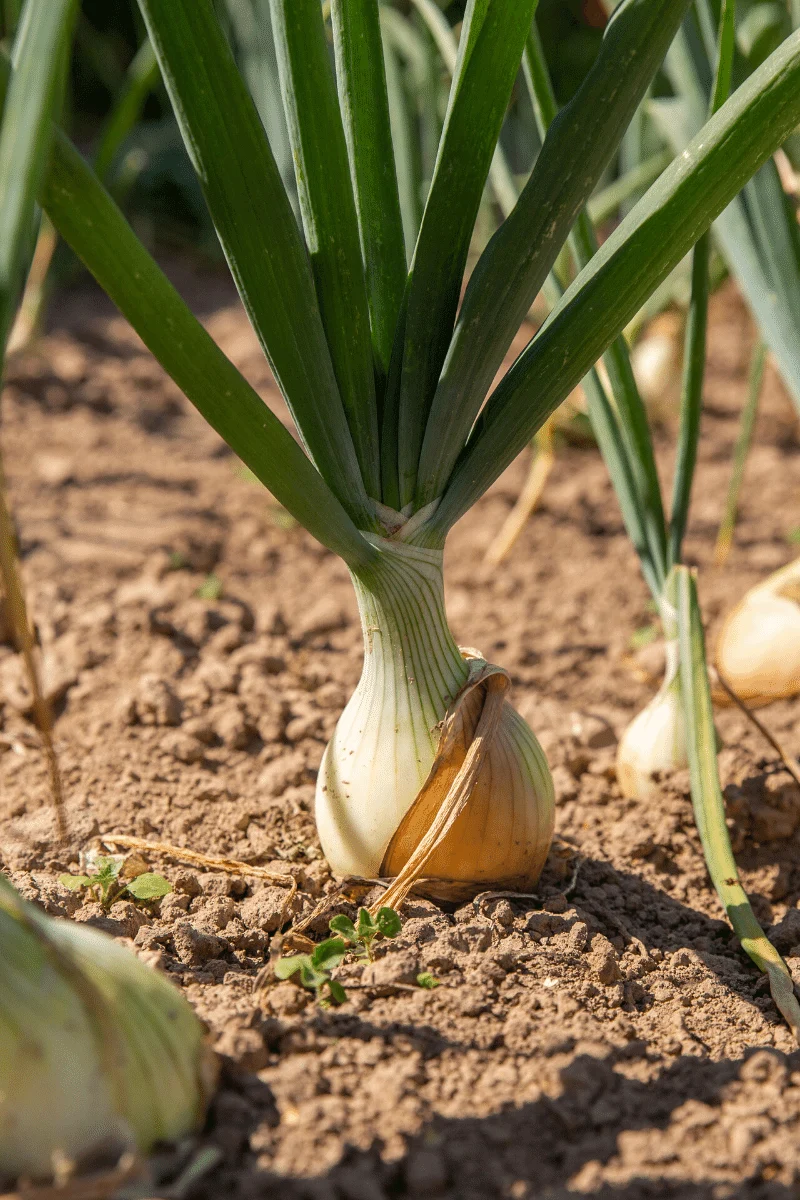
Peas + Beans:
Beans, peas, and other legumes are powerful companion plants, helping to improve the garden by enriching the soil. Legumes are able to capture atmospheric nitrogen and convert it into a form that can be used by other plants and depositing it into the soil, which helps to increase crop yields. This process is known as nitrogen fixation and benefits most plants!
Mint gives back to the legumes by acting as a scent confuser, helping to hide their scent from larger foraging mammals like mice and voles that do not like the scent of mint.

Tomatoes:
Tomatoes and other members of the nightshade family, including peppers, eggplant, and even potatoes, can benefit from the pest control qualities of mint, as it helps to repel spider mites and larger foraging animals like mice and voles.
The jury is out on whether mint deters or attracts aphids, but, its potential for attracting insects that eat aphids is definitely proven.
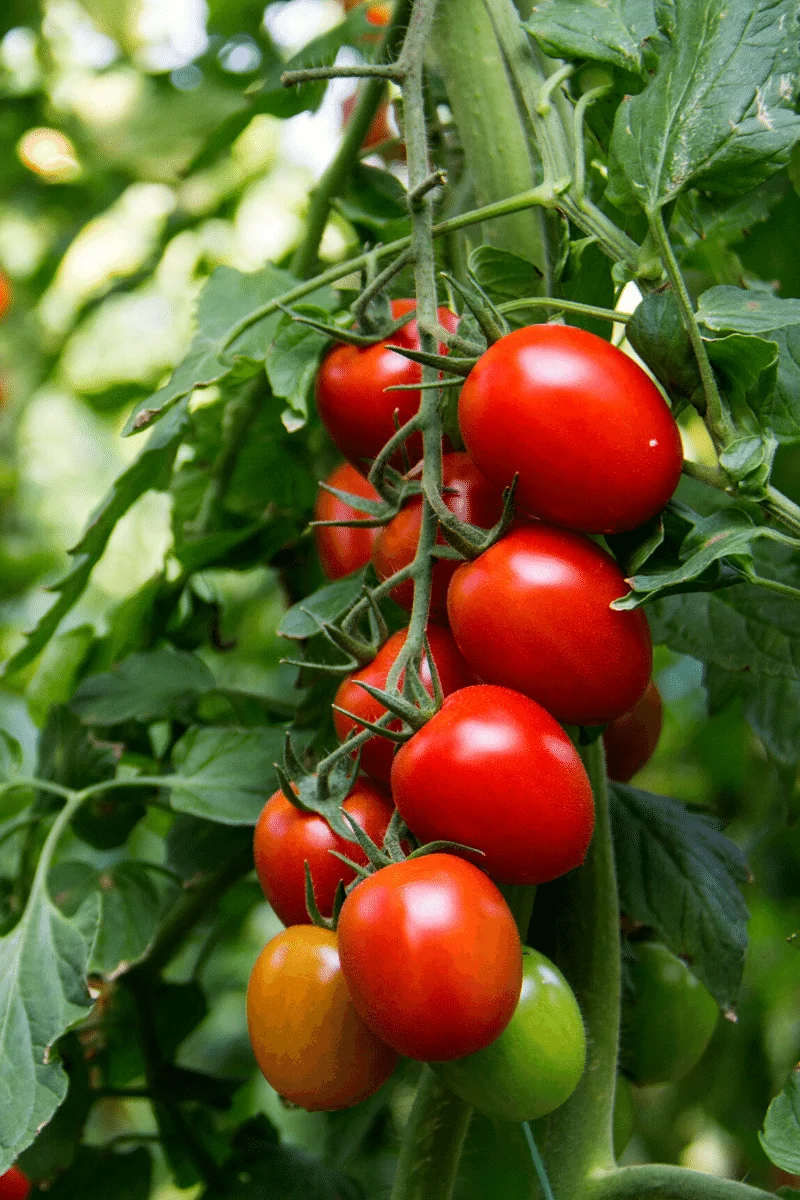
Mint Companion Plants To Avoid
Herbs:
Rosemary, sage, and other Mediterranean herbs enjoy drier soils and more arid growing conditions and won't enjoy the moisture required by your mint plants. They can be grown in separate pots though!
If growing mint with other herbs like parsley or basil, keep them in individual pots or different zones within the same row to stop the mint plants from choking each other out.

Strawberries:
Both strawberries and mint are susceptible to the same fungal disease, namely verticillium wilt, so it is best to keep them in separate beds to help prevent the spread of disease.
Mint can also overpower the strawberry plants as it spreads very easily, so it is best to keep these two apart from one another if you want your strawberries to thrive!
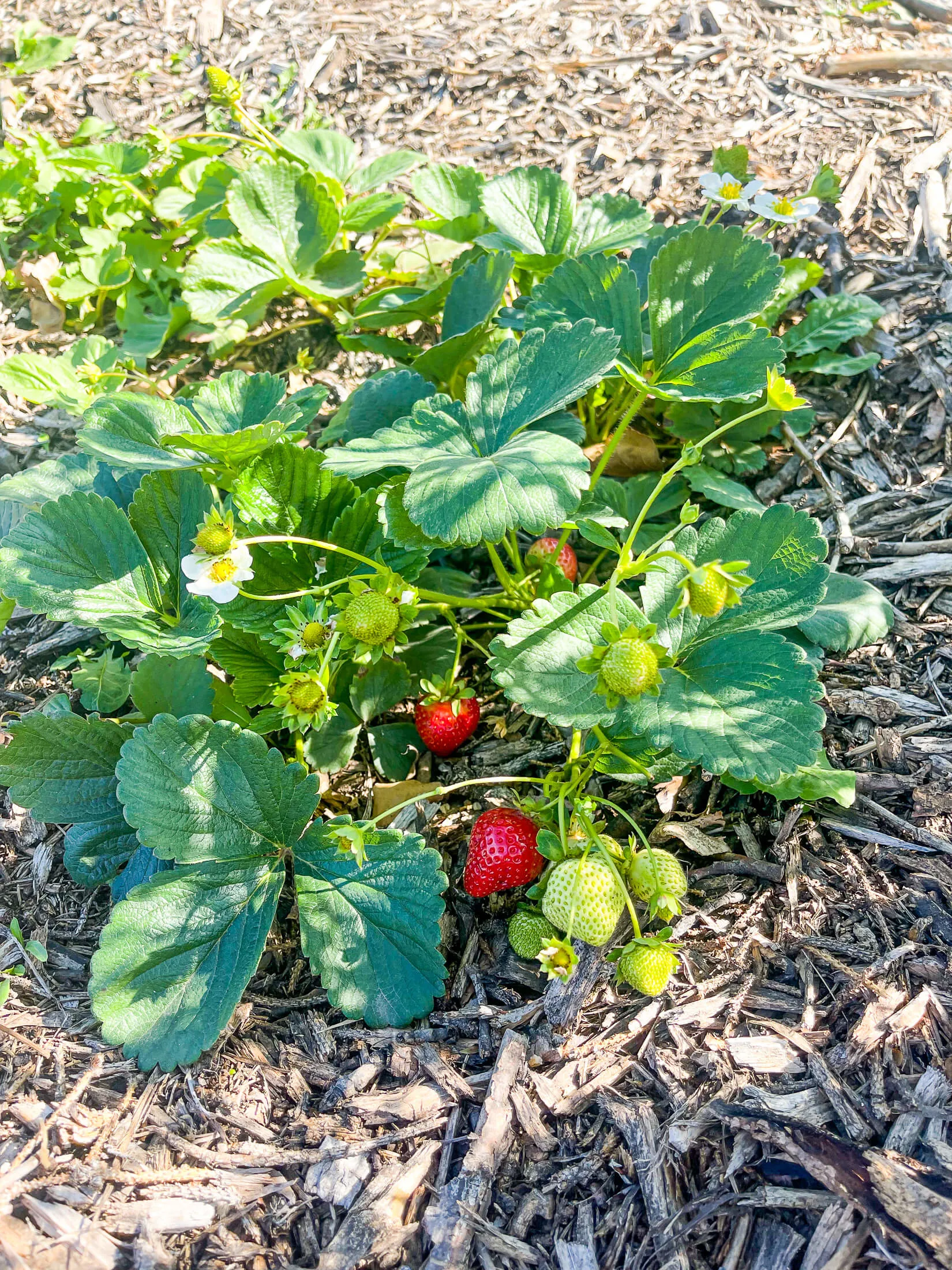
More Companion Planting Guides!
Final Thoughts
Overall, mint can be an incredibly beneficial companion in your garden- but remember to contain it or risk it taking over your vegetable patch!
Use it to deter pests, attract beneficial insects and pollinators, and help mask the scent of other crops from foraging mammals. Don't forget to keep it away from Mediterranean herbs and strawberries- and you should have a pest-free garden in no time!
Pin This Guide To Companion Planting Mint!



